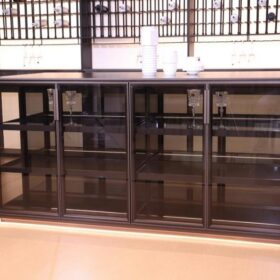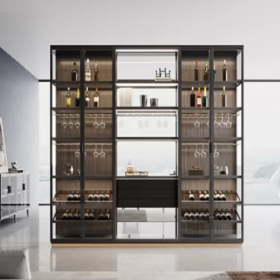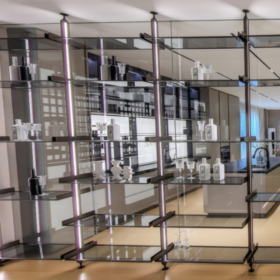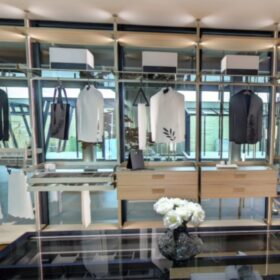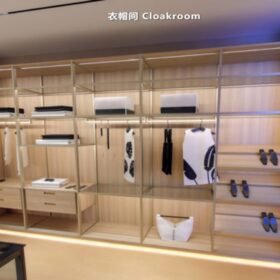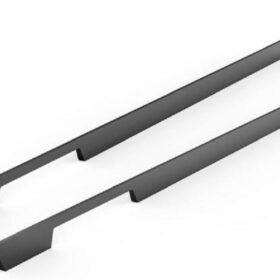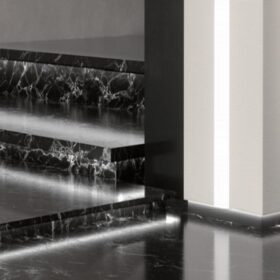Aluminium Edge Profile Safety- Ensuring Secure Installation
Aluminium edge profiles are essential components in various construction and fabrication applications, providing safety and stability to edges. However, improper installation can compromise the effectiveness of these profiles, posing significant safety hazards. This article explores the critical aspects of aluminium edge profile safety, highlighting the measures required to ensure secure installation.
Material and Design Specifications
The material and design of aluminium edge profiles are crucial for safety. High-quality profiles are manufactured using durable aluminium alloys that resist deformation and corrosion. The design should incorporate adequate thickness, strength, and rigidity to withstand the expected loads and stresses. Smooth edges and rounded corners prevent accidental cuts and injuries.
Proper Anchoring and Fastening
Secure anchoring and fastening are essential for the stability of aluminium edge profiles. Anchors and fasteners must be appropriate for the substrate and the profile’s size and weight. Sufficient spacing and embedment depth are necessary to distribute loads evenly and prevent pull-out or loosening. Rust-resistant materials, such as stainless steel, ensure corrosion resistance and long-term performance.
Surface Preparation and Bonding
Prior to installation, the surface where the profile is to be mounted must be clean, dry, and free from debris. Rough surfaces may require sanding or smoothing to ensure a good bond. Adhesives and sealants used for bonding should be compatible with both the substrate and the aluminium profile. The appropriate application method and curing time must be strictly followed to achieve optimal adhesion.
Alignment and Leveling
Correct alignment and leveling are critical for the smooth functioning of aluminium edge profiles. Misalignment can create tripping hazards or reduce the effectiveness of the profile in protecting the edge. Levelling ensures that the profile is level with the surrounding surface, eliminating any potential stumbling blocks or uneven transitions.
Regular Inspection and Maintenance
Regular inspection and maintenance are crucial to ensure the ongoing safety of aluminium edge profiles. Periodic checks should include examination for any signs of damage, corrosion, or loose fasteners. Prompt repair or replacement is necessary to prevent accidents and ensure the profile’s continued functionality. Cleaning the profile regularly removes dirt and debris, preventing slip-and-fall hazards.
Compliance with Regulations
Aluminium edge profiles must comply with applicable building codes and safety regulations. These regulations may specify requirements for material specifications, installation methods, and maintenance schedules. Adhering to these regulations ensures that the profiles meet the minimum safety standards and contribute to a safe and secure environment.
Conclusion
Ensuring the safety of aluminium edge profiles is essential for the prevention of accidents and injuries. By adhering to proper installation techniques, using high-quality materials, and performing regular maintenance, facilities can ensure that these profiles effectively protect edges and enhance the overall safety of their premises. Compliance with regulations and industry best practices is paramount in achieving this goal.
-
2024-11-29Top Trends in Modern Kitchen Cabinet Pulls for 2024
-
2024-11-28The Ultimate Guide to Modern Kitchen Cabinet Pulls- Materials, Styles, and Tips
-
2024-11-27Elevate Your Kitchen Design with These Must-Have Modern Cabinet Pulls
-
2024-11-26Sleek and Stylish- The Best Modern Kitchen Cabinet Pulls for a Contemporary Look


